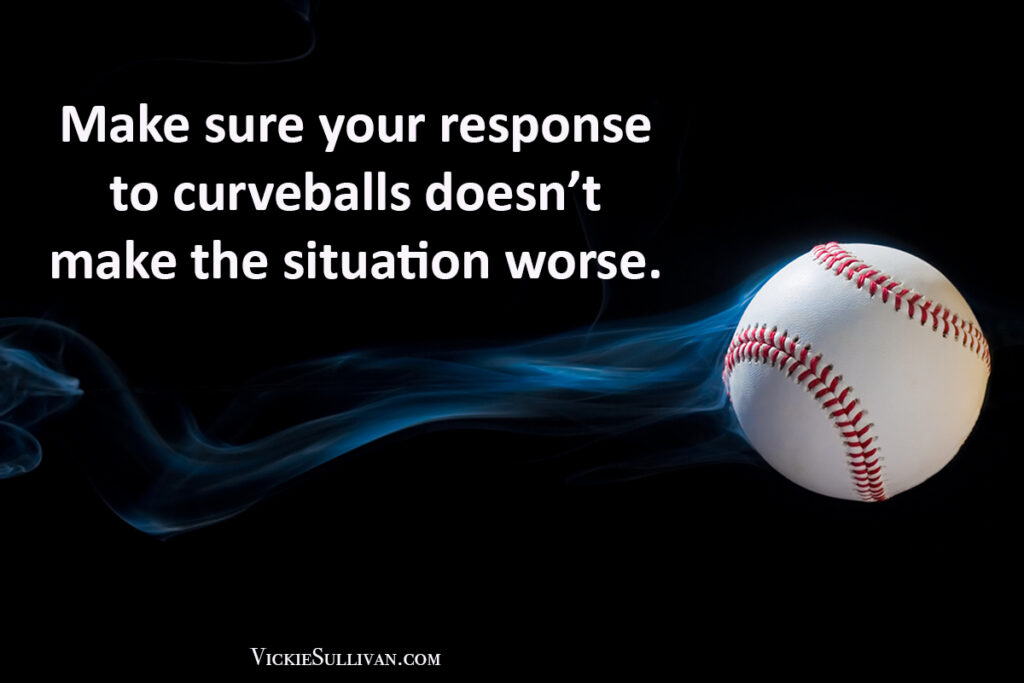Written by: Vickie Sullivan | September 08, 2020
When Curveball Situations Arise, Clear Communication Is Key

Many thanks to all of you who offered warm wishes after my eye surgeries. Good news: I am all healed, and the surgeries were a success. However, there was a curveball that taught me even more lessons about how we communicate with clients.
What happened: After the surgery, I experienced blurry vision with my right eye. After a few conversations with my doctor, the reason why was finally revealed. The measurements that dictated what lens to put in my eye were off, so the doctor inserted the wrong lens by mistake. As a result, I now have farsightedness. To say I was surprised is an understatement.
I had expectations based on what my doctor originally told me, but something caused the result to change.
This situation can occur in the marketplace, too. Buyers will set expectations based on what we tell them. The question is, how do we identify and communicate the curveball?
How to Handle a Curveball
I learned two lessons from the curveball in my situation:
• Chart the right path forward: The doctor first thought scar tissue was the culprit and explained the next steps. So, I thought it would be an easy fix. When that turned out to only be part of the problem, I was disappointed that the solution was more involved. What I learned: Clients decide on a plan of action, and any new developments after that can be interpreted as something worse. What I’ll do differently now when communicating with clients: I’ll make sure I’m correct about the cause before I recommend next steps. I won’t assume the most obvious diagnosis is the correct one.
• Multiple stories undermine credibility: Initially the doctor said scar tissue caused the blurriness. Then he said it was the wrong eye-glass prescription (and another two weeks to get new glasses). Then he said, “Well, your eye changed shape, so now you’re nearsighted.” These multiple hypotheses in rapid succession confused me and made me wonder if he really knew what was wrong. What I learned: We have one or two opportunities to get the story straight before clients question our credibility. What I’ll do differently now: I’ll get clear first, then I will tell the story. I’ll explain to clients why Plan A didn’t work, what happened next that drove the result, and how to fix it.
Listen: Two Stories That Position the Unexpected
In this volatile time, the unexpected is normal. Stuff happens. When it does, make sure your response to a curveball doesn’t make the situation worse.
Now Read This:
